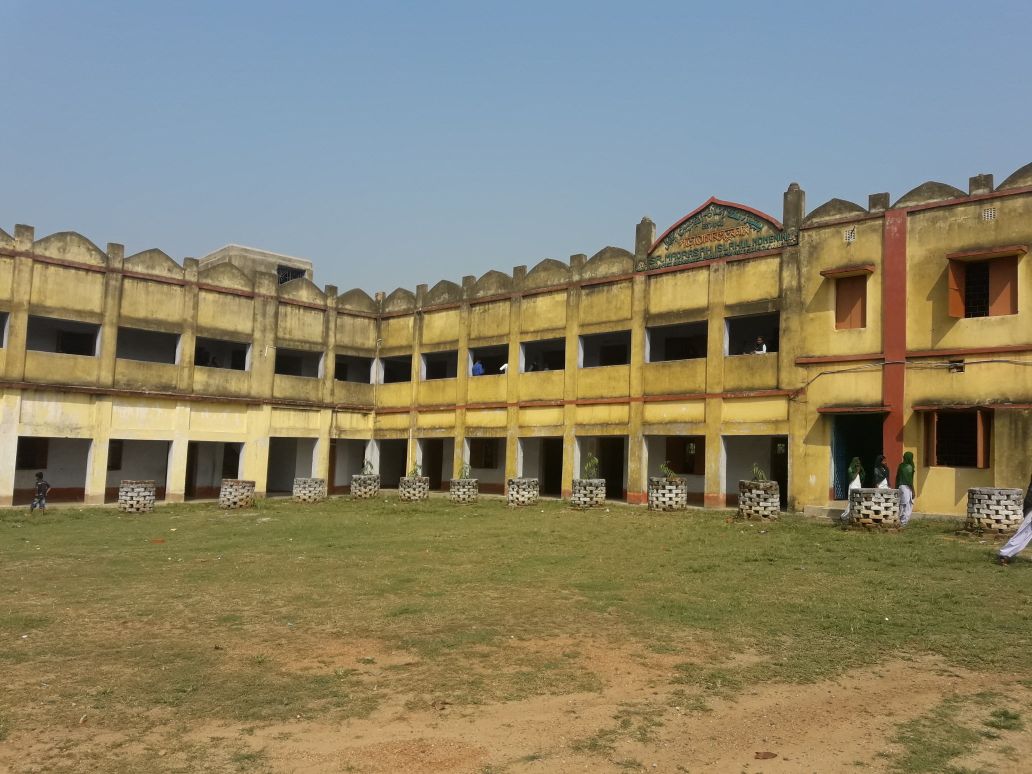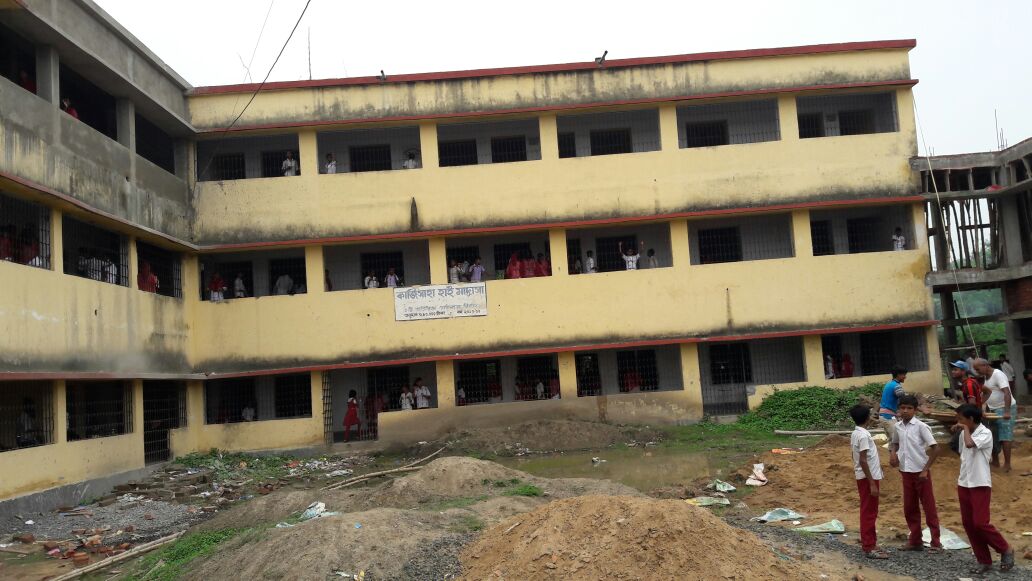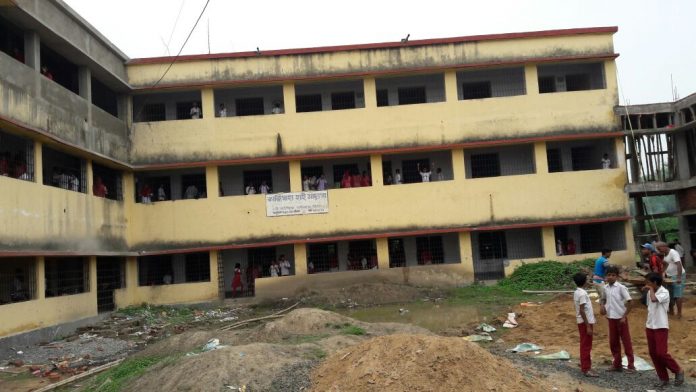By Mirza Mosaraf Hossain, TwoCircles.net
In India, madrasas have played an important role in the education system for the past many centuries and even though they have been given a bad name due to vested interests of certain people and parties, their importance cannot be ignored. Amid all states, the Madrasa system of education in West Bengal has been particularly highlighted, with even the Brookings Doha Institute, Washington citing it as a model of secularism, and the Karnataka government also imitating the same model as that of West Bengal. However, dig a little deeper and turns out that the rot in madrasa education in Bengal runs deep and has been ignored for way too long. For close to four years now, no new teachers have been hired amid controversy over the legality of the West Bengal Madrasa Commission. This has resulted in a huge shortage of teachers along with a disastrous compromise on the quality of education.

In 2008, the then Left government formed the West Bengal Madrasa Service Commission (WBMSC) to recommend teachers and non-teaching staff for recruitment in the government-aided madrasas. Between 2008 and 2013, the Commission recruited 8,573 teaching and 1165 non-teaching staffs for the 614 madrasas that are run with government support in West Bengal.
Between 2013/2014 and 2015/2016 academic session, the Commission, on 06.02.2014, advertised for its 6th State Level Selection Test-TET against the vacancy for 3,183 teachers. But the Commission could not proceed with the recruitment process as a case was filed against the validity of the Commission on March 12, 2014, after six years of its establishment.The Kolkata High Court declared the Commission as unconstitutional against a writ petition of Contai Rahmania High Madrasah of Medinipur East on March 12, 2014, and left the responsibility of recruiting teachers to the respective Madrasa Managing Committees. The petitioners argued in terms of Article 30 of the Constitution saying the Madrasas have right to enjoy certain benefits including the right to select and appoint its teaching and non-teaching staff and to administer the same according to its own choice and the WBMSC infringes that right. Since the order, the hiring of teachers have been on hold and this has jeopardised the careers of both teachers and students.
Currently, according to sources, there are 150 madrasas in Bengal which are running without headmasters. This condition is particularly worse in two madrasas which got approved in 2010-2011 by the State government, where not a single teacher was recruited either by the Commission or by the Managing Committee. These are Hirapur High madrasa situated at Khanakul, Hooghly district and another one is Panchpara Junior High madrasa, Howrah subdivision, Howrah district. These are run voluntarily by the local people by engaging unemployed students with a minimal salary.
According to data provided by the District Information School Education (DISE) and maintained by National University of Educational Planning and Administration (NUEPA) for the session of 2015-2016, a total of about 5.4 lakh students are taught by 9,628 teachers. After a long protest by the qualifying candidates of two years, the Commission published the result. The result of the written test came out on September 5, 2016, enlisting 3706 candidates as eligible for the interview, yet no progress has been made since in terms of recruiting teachers. The data provided by DISE also showed that the teacher-student ratio in madrasas is 1:56, while in Urdu medium madrasas, the situation is worse at 1:62. The report also records the regional variations of this teacher-student ratio citing the districts of Malda, Murshidabad, Uttar Dinajpur, South 24 Parganas, Jalpaiguri, Birbhum as places where the situation is much worse. Also, the DISE data (2015-16) records this ratio is more than 1:60 in the madrasas which provide secondary and higher secondary level of education. The situation was never favourable; it has only got worse for teachers.

In September this year, the Kolkata High Court gave permission to the Commission to undertake the selection process in respect of the sixth State Level Selection Test. The court, however, added that no appointment shall be made without permission of the court. Now the case is in the Supreme Court, and while the next hearing is scheduled for January 2018 but this is hardly positive news for teachers-in-waiting.
Thousands of madrasa students, both Hindus and Muslims are suffering the consequences of the tag of war between the madrasa Managing Committee and the Commission. The present situation looms the decay of the years-old madrasa education system in Bengal and many are very apprehensive for the omission of the system from the state. In one hand, the already recruited madrasa teachers are going through a horrible toilsome for the extra pressures by taking as many classes as possible for the shortage of teachers, the qualified candidates for the 2014 recruitment notice have to go through an economic, mental and social crisis, on the other hand. All are counting the losses.
Speaking about the present situation of his madrasa, Md. Jullu Rahaman, the assistant teacher of Kazi Shah madrasa(H.S) situated in Beldanga, Murshidabad, said, “We could not take seven consecutive classes regularly for the shortage of teachers. We have only fourteen permanent teachers including five faculties, and seven guest teachers and there are twenty-three vacancies for permanent teachers, to handle 2,500 students. I am a science teacher but I have to take classes of Bengali, English or History as the routine comes.”
He added that sometimes they have to terminate classes after recess for the burden of extra classes.
Md Ashadullah Khan, assistant teacher of Senior madrasa Islahul Momenin at Purulia-ii block of Purulia district, sounded the same fearing the disruption of the madrasa education system. He said, “The negligence towards madrasa education looms the plaguing of minority institutions and someday it may be wiped out from the state if this trend of indifference continues. We have only eleven permanent teachers out of the prescribed twenty-five in our madrasa to the teacher more than seven hundred students. Instant recruitment of madrasa teachers is in dire need in all madrasas of Bengal.”
The mental and economic demography of the qualifying candidates of the 2014 advertisement seems to overshadow the plight of the already recruited teachers. Take the example of Mannat Dey, who qualified in the 2014 written exam, a resident of Bankura district who does tuitions for his survival in another district, East Medinipur. He said, “I have a family of six members and I have to earn for them. Though I am a qualified candidate, I have to wait for more than three years for the recruitment. My family is looking forward to this chance that I might be selected for the said job.”
Another qualified candidate, Rathindranath Chatterjee, is currently earning a living by taking private tuitions. “My grandmother died of cancer because of lack of proper treatment. If the recruitment process was initiated, I could have saved her from the illness. My position is extremely bad as I have to take care of my family of eight members,” he told TwoCircles.net.


